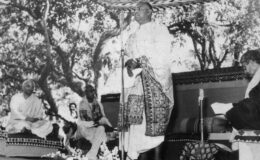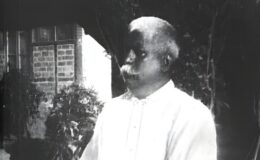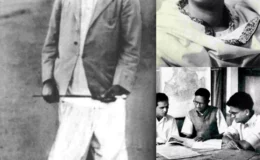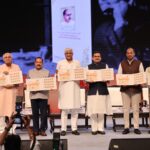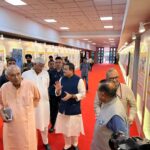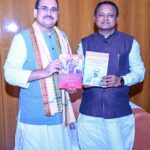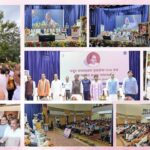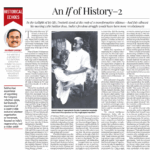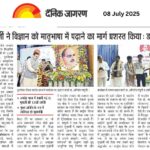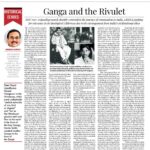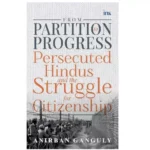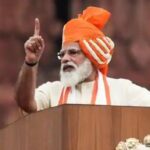IN MEMORY OF THE BRAVE BAGHA JATIN
- By : Anirban Ganguly
- Category : Articles
The revolutionary nationalist’s action defined that key phase of our freedom struggle which seeded the Indian psyche with an urge for independence
Jatindranath Mukherjee or ‘Bagha Jatin’ (1879-1915), was unarguably one of the most astute, dynamic and fearless leaders of the pre-Gandhian revolutionary nationalist phase in India. A household name in Bengal and an inspiring legend in the annals of India’s struggle for freedom, Bagha Jatin was martyred at the age of 36 at Balasore, on September 10, 1915, while fighting a heavily armed contingent of British paramilitary forces. He and his associates had come to receive a shipload of arms meant to be used for a pan-Indian revolution of which he himself was the chief planner. Even in his dying moments Bagha Jatin exclaimed, that he was happy, that every drop of his blood “has been shed in the worship of the Mother.” His revolutionary motto and guiding philosophy — “Amra morbo, desh jagbe” (We will die, the nation will awake) — came to fruition through his death which ensured that the message of the Indian revolution spread far and wide.
In his Bengali classic Sadhak Biplabi Jatindranath (Seeker-Revolutionary Jatindranath), scholar-historian Prithwindra Mukherjee narrates in minute detail the impression that the “philosopher-revolutionary” made on some of the greatest minds of the epoch. Sister Nivedita, for example, who met young Jatin, then involved in relief work in the streets of plague hit Calcutta, was struck by his personality and noted how this “young man aspires to raise the youth of India in the name of the Swami, [and was] full of admiration for the Master himself”. “He is all strength”, she observed.
A direct meeting with Swami Vivekananda, facilitated by Sister Nivedita, changed the course of Bagha Jatin’s life. The Swami, impressed by the radiating strength of this young acolyte, advised him to join a gymnasium, channelise his energies into consolidating physical and spiritual strength and dedicate himself to the service of his country. Historians have often discerned a striking resemblance between Swami Vivekananda and Bagha Jatin.
To Sri Aurobindo, Jatindranath Mukherjee was his right hand man, whom he entrusted with the responsibility of creating a secret network of revolutionary groups. Struck by his “beauty and strength”, Sri Aurobindo once observed how his “very stature was like that of a warrior, a man who would belong to the front-rank of humanity.”
On September 9, 1923, when Balasore Day was being observed countrywide by revolutionary networks, Bhagat Singh requested one of Bagha Jatin’s erstwhile colleagues, to send him the martyr’s “photo and some literature on Balasore” so that he too could narrate the saga. Even Bagha Jatin’s pursuer, the redoubtable Charles Tegart, commander of the British forces, struck by his heroism, had remarked that “if Jatin were an Englishman, then the English people would have built his statue next to Nelson’s at Trafalgar Square.”
To Mahatma Gandhi, Bagha Jatin was a “divine personality” and to Syama Prasad Mookerjee, “Jatindranath was the well known and principal leader of the second episode in the history of the revolutionary movement” who belonged to that band of fighters, who “had written a blood-red chapter of their country’s fight for freedom. Sacrificing all they had…they rushed to the ritual call of death and, inch by inch, by shedding their lives, they had left for us the relish of a greater life.”
The Battle of Balasore announced the end of the first phase of the Indian revolution, having firmly embedded the aspiration for freedom in the psyche of the people. It was this contribution of Bagha Jatin’s in awakening a settled will for freedom that had perhaps, decades later, impressed the legendary French political philosopher Raymond Aron, who supervised Prithwindra Mukherjee’s work on the pre-Gandhian phase of the Indian revolution. In Bagha Jatin’s action Aron discovered that missing lien — that phase of nationalism which had seeded the Indian psyche with an unalterable urge for freedom. The centenary of Bagha Jatin’s martyrdom offers a great opportunity to re-discover and to re-evaluate our lost revolutionary past.

